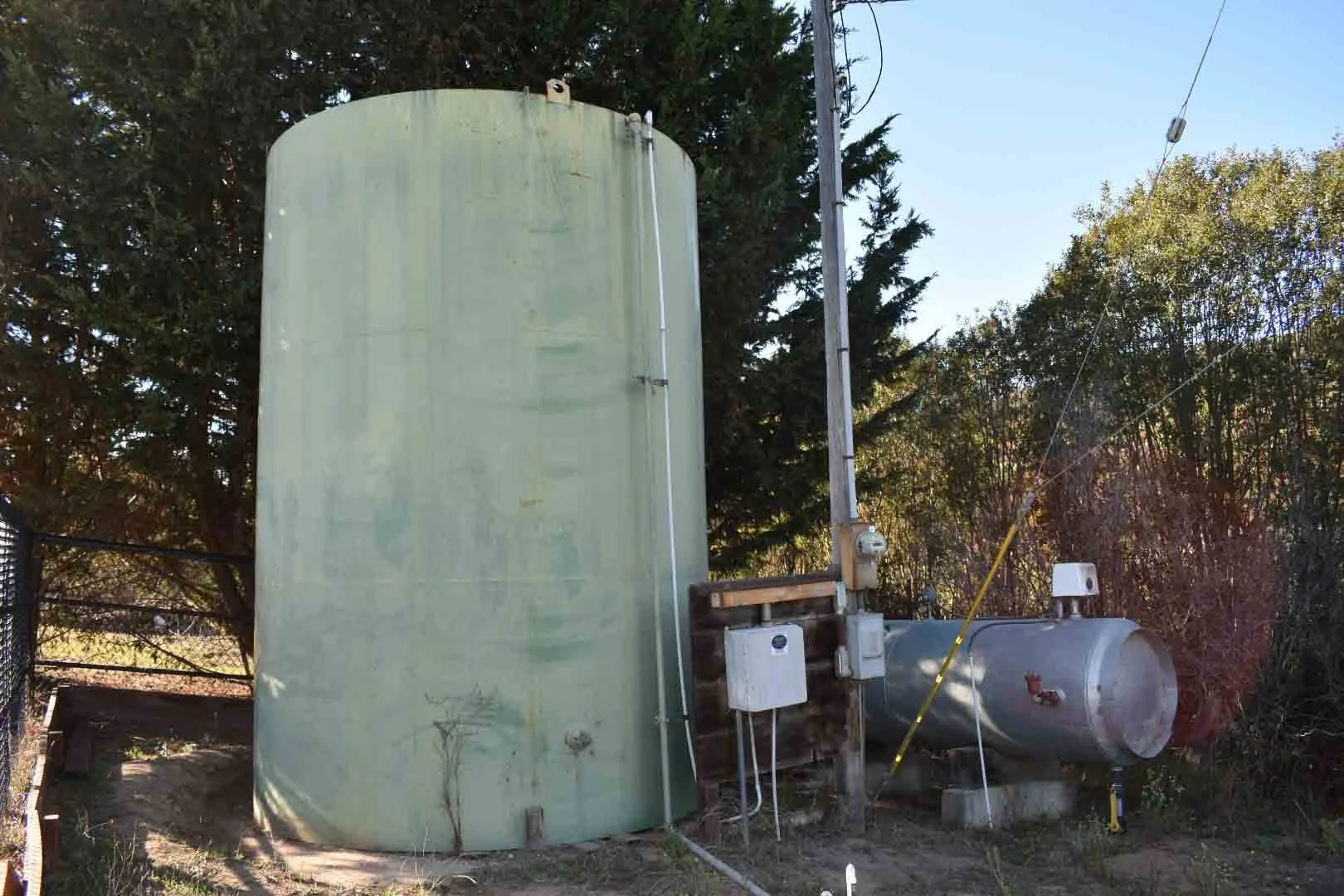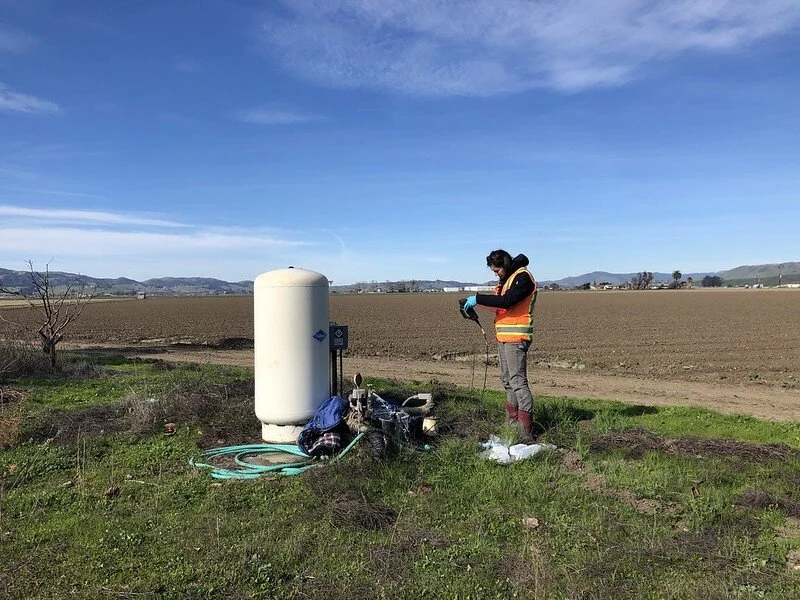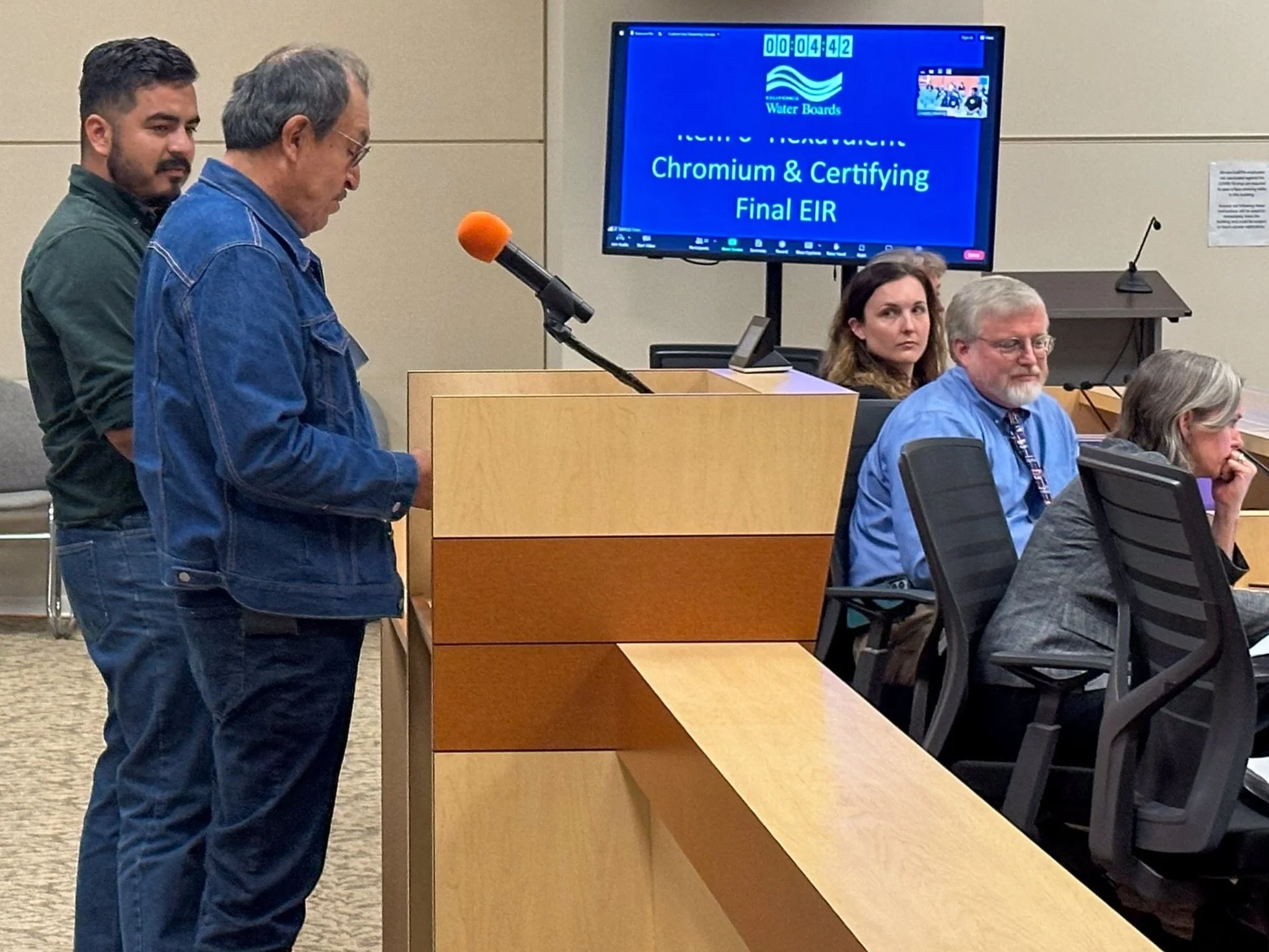Your drinking water comes from either surface water, groundwater or a mixture of both. Knowing the differences between these two sources is important because it will help you better understand any specific drinking water issues you may have and how those issues can be solved.
California water providers and water systems - the groups that actually get drinking water to your home - can be confusing. We break them down to what you need to know as a community resident.
Though you may be experiencing drinking water issues, you may not know exactly what those issues are. Walk through this page to better understand what might be going on and what solutions are available to you.
There are many agencies and organizations involved in California’s drinking water landscape. Understand who you may have to engage with as you advocate for yourself or your community.
There are ways you can become a water leader in and for your community, including creating an official advocacy group like a community based organization to bring all concerned community members together, getting involved with Community Water Leaders Network, and participating in your local water board meetings and elections.
The United States Environmental Protection Agency or California State Water Resources Control Board are required by law to establish drinking water standards called Maximum Contaminant Levels for every potential drinking water contaminant. An MCL is the highest level of a contaminant that is allowed in drinking water, and is legally enforceable.
An advocate’s job is to hold agencies and organizations that provide and manage your drinking water responsible for their actions. If your drinking water comes from a governmental provider, like a city, there are ways to respond to their potential violations of your right to safe drinking water. There are ways to hold your local and state water agency officials accountable as well.
State small water systems and domestic well owners have few or no legal requirements to follow when it comes to drinking water testing and monitoring. Despite the lack of legal requirements, it is important that both state small water systems and domestic well owners still conduct regular testing to make sure that users are drinking safe water. Learn more about testing options for your system, as well as short term and long term solutions for drinking water issues, like contaminated water or loss of water supplies.
A water provider or supplier is simply a group that provides water to people. Private providers include both investor-owned utilities, which are regulated by the California Public Utilities Commission, and mutual water companies, which have no main regulating authority. However, California laws still apply to water providers, even if there is no state agency to regulate them.
A water provider (also called a water supplier) is simply a group that provides water to people. Public providers include cities, counties, and special districts (water district, community services district), and are regulated by the California State Water Resources Control Board.
Public water system is an umbrella term for several subtypes of water systems that are heavily regulated by the State Water Resources Control Board. The subtypes are based on the number of consumers they provide water to and whether those consumers are the same throughout the year. They have many legal requirements, including but not limited to monitoring their drinking water sources, monitoring their physical water distribution system, and to notifying customers when there are drinking water violations.











